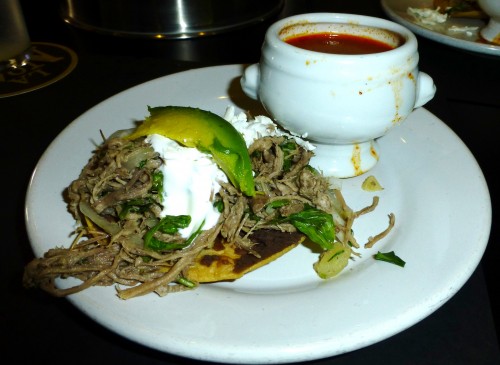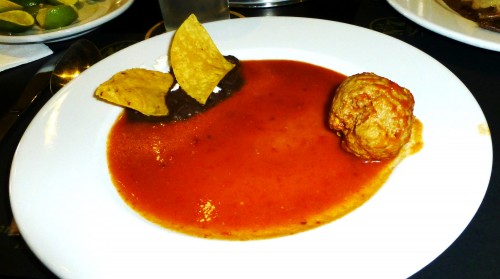Photo by Everett McCourt
When I began as a journalist I remember someone proposed the idea that every writer, no matter what his subject, was secretly writing his autobiography. While I am sure there are some exceptions, I'm sympathetic to the idea; even the most basic forms of journalism are written by people at least temporarily consumed by their subjects.
James Oles, a curator and art historian who divides his time between Mexico City, where he lives, and Massachusetts, where he teaches one semester a year at Wellesley, is a case in point. His greatest expertise is in twentieth-century and contemporary Mexican art. Museo Expuesto (The Exposed Museum), the show he curated at the Centro Cultural Tlatelolco (Calle Ricardo Flores Magón 1, Colonia Nonoalco-Tlatelolco), is nominally an overview of important pieces of the UNAM's collection from 1950 to 1990. Among the artists exhibited are Gabriel Orozco, Diego Rivera, Helen Escobedo, Carlos Mérida and Melanie Smith
Apart from the exposition of great works, extensive text on the walls, written by Oles, takes the viewers inside the machinations of the museum and explains the various facets of a curator's work. There is even some viewer participation. For example, Oles asked eight different art-world people to write the wall text for this piece from the early 1970s, AutoGelsen, by Gelsen Gas. Museum visitors are asked to vote on which they like best, or to write an alternative. (If none of this is your cup of tea, of course you can see the show and ignore the texts. But I have never been to a museum show that so completely invited visitors "under the hood" or what it means to be a curator.) The show is up until November of 2014.
Meanwhile, Thames and Hudson just published Oles's Art and Architecture in Mexico, the first comprehensive overview on these themes in English since 1969. It's a monumental piece of work, profusely illustrated, and available here in Mexico City at the Educal bookstores. You can get it in the U.S. at bookstores or on Amazon. There will be a presentation for the book (in Spanish) this coming Wednesday, November 20, at 7 pm at the Palacio de Bellas Artes.
Now if Oles isn't writing his autobiography, then who is?





























